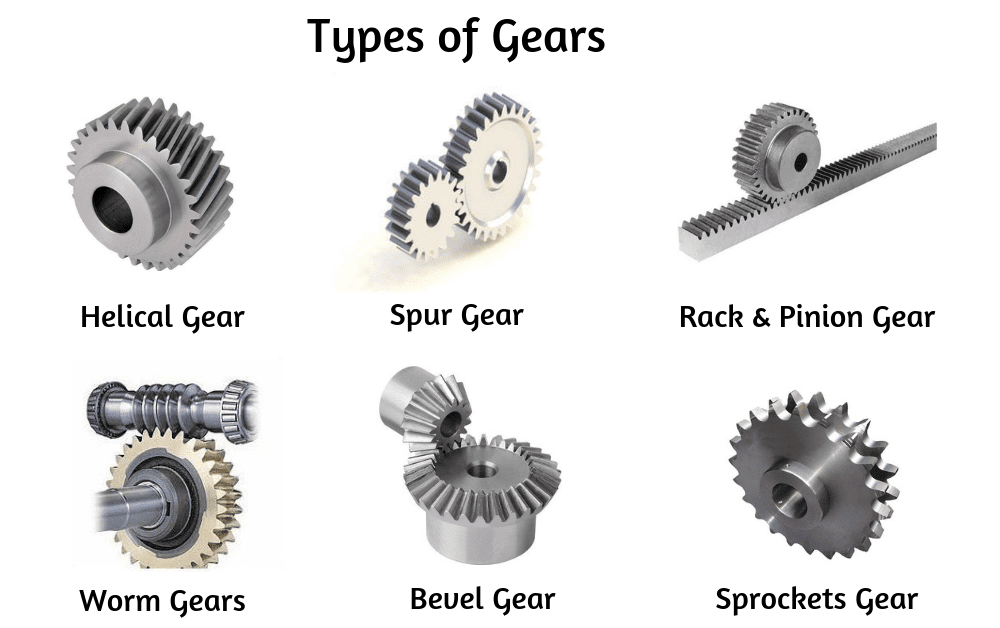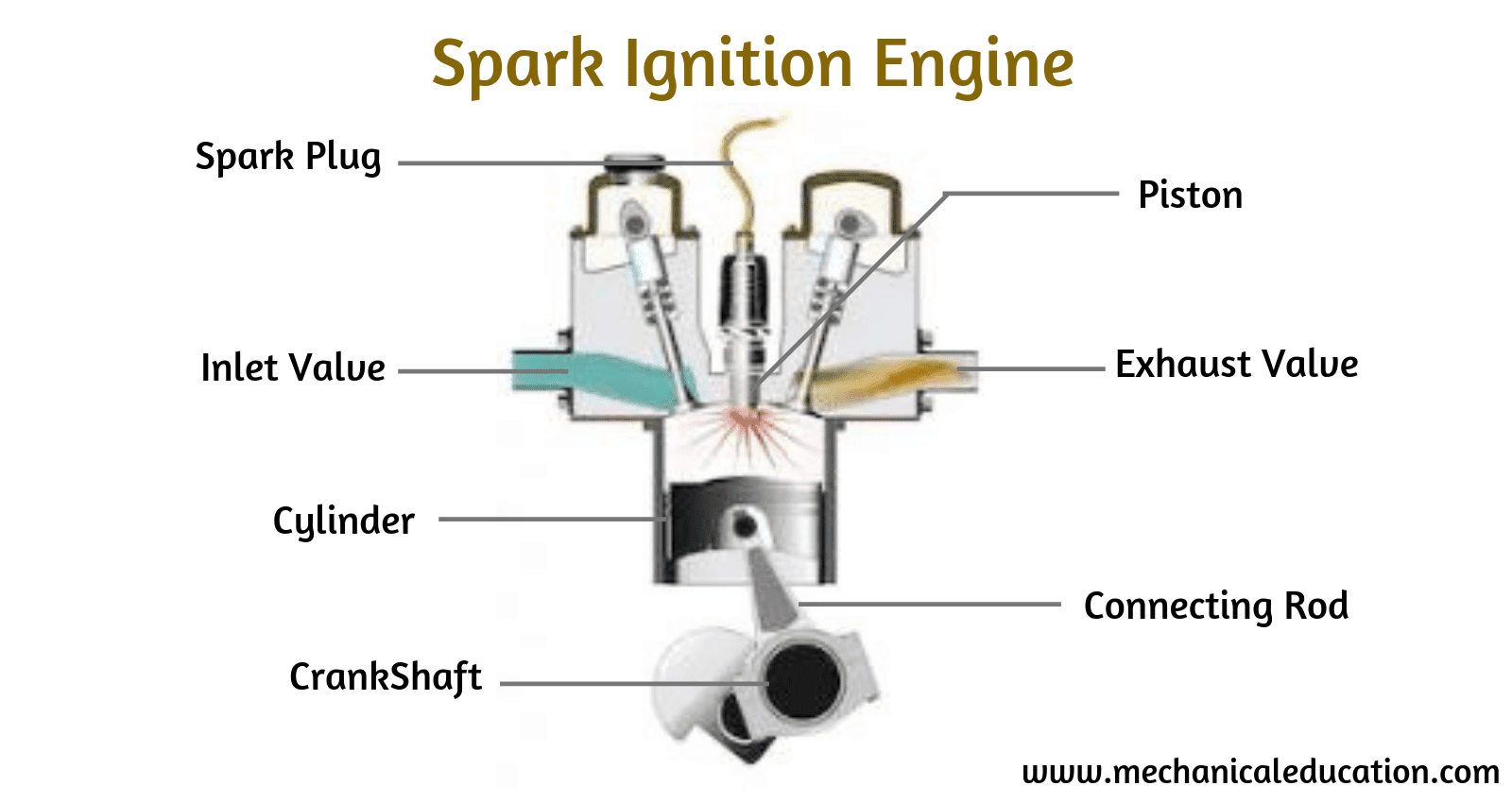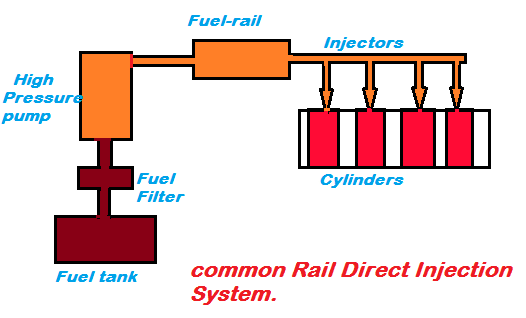A bolt and a screw are both types of fasteners used to hold things together. Both are used to join or connect two or more parts, but they have some key differences in their design, application, and function.
A bolt is a type of fastener that is typically used to hold large or heavy parts together. It is a cylindrical rod with a head on one end and threads on the other. The head of the bolt is typically larger than the rest of the rod and is designed to be tightened using a wrench or socket. The threads on the bolt are used to engage with the threads in a nut, which is used to hold the parts together. Bolts can be used to hold parts together by clamping them between the head of the bolt and the nut.
A screw, on the other hand, is a type of fastener that is typically used to hold smaller or lighter parts together. It is a cylindrical rod with a pointed tip and threads on the entire length of the rod. Unlike a bolt, a screw does not have a separate head, and the threads on the screw are used to engage directly with the material being fastened. Screws can be used to hold parts together by threading them directly into the material.
One of the main differences between a bolt and a screw is their method of application. Bolts are typically used in conjunction with a nut, which is used to hold the parts together, while screws are used by threading them directly into the material. Bolts are typically stronger and more durable than screws, but screws are typically easier to install and remove.
Another difference between a bolt and a screw is their function. Bolts are used to clamp parts together, while screws are used to join parts together. Bolts are typically used for load-bearing applications such as structural connections and machinery, while screws are typically used for non-load-bearing applications such as fastening panels or attaching hardware.
In summary, a bolt and a screw are both types of fasteners used to hold things together. Both are used to join or connect two or more parts, but they have some key differences in their design, application, and function. Bolts are typically used to hold large or heavy parts together and are tightened using a wrench or socket. Screws, on the other hand, are typically used to hold smaller or lighter parts together and are threaded directly into the material. Bolts are typically stronger and more durable than screws, but screws are typically easier to install and remove. Bolts are used to clamp parts together while screws are used to join parts together. Bolts are typically used for load-bearing applications while screws are typically used for non-load-bearing applications.
What are bolts and screws called?
Bolts and screws are both types of fasteners. A bolt is a type of fastener that is typically used to hold two or more parts together, and is usually made of metal. It typically has a head on one end and threads on the other end. A nut is typically used in conjunction with a bolt to secure the parts together.
A screw is also a type of fastener, but it typically has threads that run the entire length of the fastener. Like a bolt, a screw is also typically used to hold two or more parts together. Unlike a bolt, a screw typically does not require a separate nut to secure the parts together as it has threads that can be screwed directly into a material.
Which is stronger bolt or screw?
It depends on the specific application and the materials used. In general, a bolt is considered to be stronger than a screw. This is because a bolt is designed to withstand shear and tension forces, while a screw is primarily designed to withstand tension forces.
A bolt has a smooth shank and the threads are on the end of the shank, so that when the nut is tightened the clamping force is distributed over the entire shank, this gives a greater clamping force per square inch of shank.
On the other hand, a screw’s threads run the entire length of the fastener, so when it is tightened it can only clamp down on the material directly adjacent to the threads, this gives less clamping force per square inch of shank.
However, in some cases the screw might be stronger than the bolt, for example a self-tapping screw that can make its own thread in a softer material, such as sheet metal, can be stronger than a bolt, because it is able to create a stronger engagement between the screw and the material.
Additionally, the strength of the fastener also depends on the material it’s made of, the surface treatment and the size of the fastener.
How do you clean bolts?
There are several methods for cleaning bolts, depending on the type of dirt or corrosion present on the bolt and the materials it is made of. Here are a few common methods:
- Soap and water: For general dirt and grime, a simple solution of soap and water can be used to clean the bolts. Use a brush or cloth to scrub the bolts, then rinse with clean water.
- Solvents: For heavy grease or oil, solvents such as mineral spirits or brake cleaner can be used. Be sure to use solvents in a well-ventilated area, and wear gloves and safety glasses.
- Wire brush: For rust or corrosion, a wire brush can be used to remove the buildup. Be sure to use a brush that is appropriate for the material the bolt is made of (stainless steel, brass, etc.)
- Sand blasting: For heavy rust and corrosion, sand blasting can be used to remove the buildup. It is a powerful method to clean the surface of bolts and nuts. But it’s important to be careful as it can also damage the surface if not done correctly.
- Electrolytic cleaning: This is a method of cleaning metal objects using an electrolytic bath and an electrical current. It is effective in removing heavy rust and corrosion, but it requires specialized equipment and expertise to perform.
It’s important to make sure the bolts are dry and free of any cleaning solution before reusing them. Also, make sure to use the appropriate cleaning method for the material of the bolt to prevent damage.
What are the 4 parts of a bolt?
A bolt typically has four main parts:
- Head: The head is the part of the bolt that is used to apply the torque to tighten or loosen the bolt. The head can have different shapes such as hexagonal, square, round, or a variety of other shapes depending on the application and the tool used to turn it.
- Shank: The shank is the smooth cylindrical part of the bolt that extends from the head to the threads. It is also known as the body of the bolt. The shank is typically the same diameter as the threads and is where the clamping force is applied.
- Threads: The threads are the spiral grooves on the shank of the bolt that are used to screw the bolt into place. The threads can be either coarse or fine, and the pitch (the distance between the threads) can vary depending on the application.
- Point: The point is the end of the bolt, it can be different shapes, such as a cone point, a rounded point, or a flat point. The point is designed to allow the bolt to be inserted easily into the hole, depending on the application.
Some bolts may have additional features such as a shoulder or a chamfer, but these four parts are the most basic and essential components of a bolt.
Can screws be used as bolts?
Screws can be used as bolts in some cases, but it depends on the specific application and the type of screw being used.
A standard wood or metal screw is not designed to withstand the same level of stress and load as a typical bolt. They are typically designed for lighter loads and are not suitable for heavy-duty applications like structural connections, machinery, or load-bearing applications. Wood screws, for example, are intended for attaching wood parts together, metal screws are intended for attaching metal parts together.
However, there are some types of screws that have been specifically designed to be used as bolts, such as self-tapping screws and structural screws. These screws have a higher level of strength and durability and are designed to withstand higher loads. They are also typically thicker and have a longer length than standard screws.
It is important to note that when using screws as bolts, it is crucial to ensure that the screws are the right size and type for the specific application and that they are installed correctly. It is also important to consider safety issues, using the wrong type of fasteners can lead to failure and cause accidents.
In summary, screws can be used as bolts in some cases, but it depends on the specific application and the type of screw being used. Standard wood or metal screws are not designed to withstand the same level of stress and load as a typical bolt, but there are some types of screws that have been specifically designed to be used as bolts, such as self-tapping screws and structural screws. It is important to ensure that the screws are the right size and type for the specific application and that they are installed correctly.
Where is bolt and screw used?
Bolts and screws are used in a wide variety of applications and can be found in many different industries and settings.
Bolts are typically used in construction, manufacturing, and engineering applications. They are commonly used in the construction of buildings and bridges, as well as in the assembly of machinery and vehicles. Bolts are also used in many industrial settings, such as in the oil and gas industry, power generation, and mining. They are also used in many consumer products, such as furniture and appliances.
Screws are also widely used in many different applications, including construction, manufacturing, and engineering. They are commonly used in the construction of buildings, as well as in the assembly of machinery and vehicles. Screws are also used in many industrial settings, such as in the oil and gas industry, power generation, and mining. They are also used in many consumer products, such as furniture and appliances. Screws are also commonly used in woodworking, metalworking, and other DIY projects.
In summary, both bolts and screws are used in a wide variety of applications and can be found in many different industries and settings. Bolts are typically used in construction, manufacturing, and engineering applications, while screws are also widely used in many different applications, including construction, manufacturing, and engineering, as well as in DIY projects. Both are used in many industrial settings, such as in the oil and gas industry, power generation, and mining, and also commonly used in consumer products, such as furniture and appliances.
Do bolts rust?
Bolts can rust, depending on the type of metal they are made of and the conditions they are exposed to.
Iron and steel are the most common metals used in the production of bolts, and both of these metals are susceptible to rusting. Rust is a form of corrosion that occurs when iron or steel is exposed to moisture and oxygen. The rust forms a reddish-brown coating on the surface of the metal, which can weaken the structure of the bolt over time.
However, not all bolts will rust. Stainless steel bolts, for example, are made of a type of steel that contains chromium, which makes them resistant to rusting. Stainless steel bolts are commonly used in applications where the bolts will be exposed to moisture, such as in marine environments or outdoor applications.
Another way to prevent rust on bolts is through the use of coatings, such as zinc or galvanization, these coatings provide a barrier that protects the metal from moisture and oxygen, reducing the risk of rust.
In summary, bolts can rust depending on the type of metal they are made of and the conditions they are exposed to. Iron and steel bolts are particularly susceptible to rusting, when exposed to moisture and oxygen. However, not all bolts will rust, stainless steel bolts are resistant to rusting, and other types of bolts can be treated with coatings to prevent rust. It is important to consider the environment that the bolts will be exposed to, when choosing the type of bolt to use.
What are the disadvantages of bolts?
Bolts have several disadvantages, depending on the specific application and the type of bolt being used:
- Size and weight: Bolts can be large and heavy, which can make them difficult to handle and install, especially in tight or hard-to-reach spaces.
- Cost: Bolts can be more expensive than other types of fasteners, such as screws, especially if they are made of high-grade materials.
- Time-consuming installation: Installing bolts typically takes longer than installing other types of fasteners, such as screws, due to the need to align the bolt with the nut, and to use a tool to tighten the nut.
- Difficulty in removing: Bolts can be difficult to remove once they have been tightened, particularly if they have been tightened for a long time or have been exposed to harsh conditions.
- Loosening: Bolts have a tendency to loosen over time due to vibrations, thermal expansion and contraction, it is necessary to check and re-tighten them periodically.
- Rusting: Bolts made of iron or steel are susceptible to rusting when exposed to moisture and oxygen, which can weaken the structure of the bolt and make it less effective over time.
- Limited applications: Bolts are not suitable for all types of applications, such as in situations where the material is thin, the surface is irregular, or the required clamping force is small, they might not be the best choice.
In summary, bolts have several disadvantages, including size and weight, cost, time-consuming installation, difficulty in removing, loosening, rusting and limited applications. However, these disadvantages can be minimized by choosing the right type of bolt for the specific application, and by ensuring that they are installed and maintained properly.
Should bolts be greased?
Whether bolts should be greased or not depends on the specific application and the type of bolt being used.
In some cases, applying grease to the threads of a bolt can help to reduce friction and make it easier to install and remove the bolt. This is particularly true for bolts that will be exposed to high levels of vibration or movement, as the grease can help to keep the bolt securely in place.
However, in other cases, applying grease to the threads of a bolt can actually decrease its holding power. For example, if the bolts are used in a high-temperature environment, the grease can soften and may cause the bolts to lose their clamping force.
Additionally, when using bolts in certain environments, such as marine or outdoor applications, grease can attract dirt and debris, which can increase the risk of corrosion. The use of grease can also make the bolts appear dirty, which can be an issue in aesthetic applications.
In summary, whether bolts should be greased or not depends on the specific application and the type of bolt being used. In some cases, grease can help to reduce friction and make it easier to install and remove the bolt, especially if the bolts will be exposed to high levels of vibration or movement. However, in other cases, grease can decrease its holding power, attract dirt and debris, and can be an issue in aesthetic applications. Before applying grease to the bolts, it’s important to consider the environment the bolts will be exposed to, the type of material they are made of and the specific application of the bolts.
What is a female bolt called?
A female bolt is typically referred to as a “nut.” A nut is a type of fastener that is typically used in conjunction with a bolt to hold parts together. It is a cylindrical piece of metal with internal threads that match the threads on a bolt. The nut is tightened onto the bolt by turning it, which pulls the parts being held together tighter. In this way, the female part of the fastener is the nut and the male part is the bolt.




